Are Tripods Universal ?
Tripods are not universally compatible with all cameras or devices. While many tripods have a standard mounting screw size (usually 1/4-inch or 3/8-inch), the specific mounting plate on the camera or device may vary. Some tripods come with interchangeable mounting plates to accommodate different cameras, but it is important to check the compatibility before purchasing or using a tripod. Additionally, the weight capacity of a tripod may vary, so it is essential to ensure that the tripod can support the weight of the camera or device being used.
1、 Tripod compatibility with different camera brands and models.
Tripods are not universal in terms of compatibility with different camera brands and models. While tripods generally have a standard mounting screw size (usually 1/4"-20), which is compatible with most cameras, there are other factors to consider.
One important consideration is the weight capacity of the tripod. Different camera brands and models vary in size and weight, so it is crucial to choose a tripod that can support the specific camera you are using. Using a tripod with insufficient weight capacity can result in instability and potential damage to your equipment.
Another factor to consider is the mounting plate. Tripods often come with a quick-release plate that attaches to the camera's tripod mount. However, the design and size of these plates can vary between brands and models. Some tripods offer interchangeable plates or adapters to accommodate different cameras, but it is essential to ensure compatibility before purchasing.
Additionally, the type of tripod head can affect compatibility. There are various types of tripod heads, such as ball heads, pan-tilt heads, and gimbal heads. Different camera brands may have specific mounting systems that work best with certain types of tripod heads.
It is worth noting that some tripod manufacturers offer compatibility charts or adapters to ensure their tripods work with a wide range of camera brands and models. However, it is always recommended to research and double-check compatibility before making a purchase.
In conclusion, while tripods have a standard mounting screw size, compatibility with different camera brands and models goes beyond that. Factors such as weight capacity, mounting plate design, and tripod head type should be considered to ensure a proper fit.
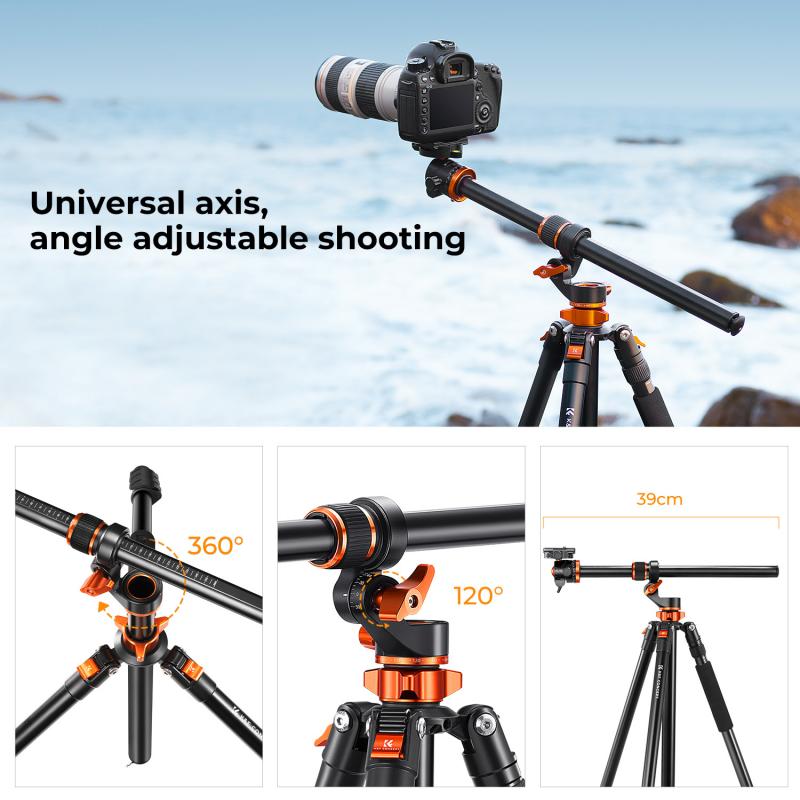
2、 Universal tripod mounts and adapters for various devices.
Universal tripod mounts and adapters are designed to be compatible with various devices, allowing users to attach their smartphones, cameras, or other gadgets to a tripod. These mounts and adapters typically feature adjustable clamps or brackets that can accommodate different sizes and shapes of devices.
The concept of a universal tripod mount is based on the standardization of tripod screw sizes. Most tripods use a 1/4-inch screw, which is a widely accepted industry standard. This means that as long as a device has a compatible mounting point, it can be easily attached to a tripod using a universal mount or adapter.
However, it is important to note that not all devices come with a built-in tripod mount. In such cases, users may need to purchase additional accessories or cases that provide the necessary mounting point. Additionally, some devices may have unique shapes or sizes that require specific adapters or brackets to ensure a secure fit on a tripod.
With the rapid advancement of technology, the design and functionality of devices are constantly evolving. This can sometimes lead to variations in mounting points and sizes, making it challenging for universal tripod mounts to accommodate all devices. Manufacturers are aware of this and continuously strive to create adaptable mounts and adapters that can cater to a wide range of devices.
In conclusion, while universal tripod mounts and adapters offer a convenient solution for attaching devices to tripods, it is important to consider the specific requirements of your device and ensure compatibility before making a purchase.

3、 Tripod functionality across different photography and videography applications.
Tripods are not universally applicable across all photography and videography applications. While tripods serve as a stable support system for cameras and camcorders, their functionality can vary depending on the specific needs of the user.
In general, tripods are designed to provide stability and reduce camera shake, allowing for sharper images and smoother videos. They are commonly used in landscape, architectural, and studio photography, as well as in videography for capturing steady footage. However, the specific features and capabilities of tripods can differ based on the intended use.
For example, tripods used in landscape photography often prioritize lightweight and compact designs for easy transportation and setup in outdoor environments. On the other hand, tripods used in studio photography may have additional features like adjustable height and specialized heads for precise positioning.
Moreover, videography tripods may have fluid heads that enable smooth panning and tilting movements, making them suitable for capturing dynamic video footage. These tripods often have sturdy construction and are designed to handle the weight of professional video cameras.
In recent years, there have been advancements in tripod technology, such as the introduction of carbon fiber materials for increased durability and reduced weight. Additionally, some tripods now come with innovative features like built-in leveling systems and quick-release mechanisms for faster setup.
In conclusion, while tripods serve a common purpose of providing stability, their functionality across different photography and videography applications can vary. It is important for photographers and videographers to consider their specific needs and choose a tripod that best suits their intended use.
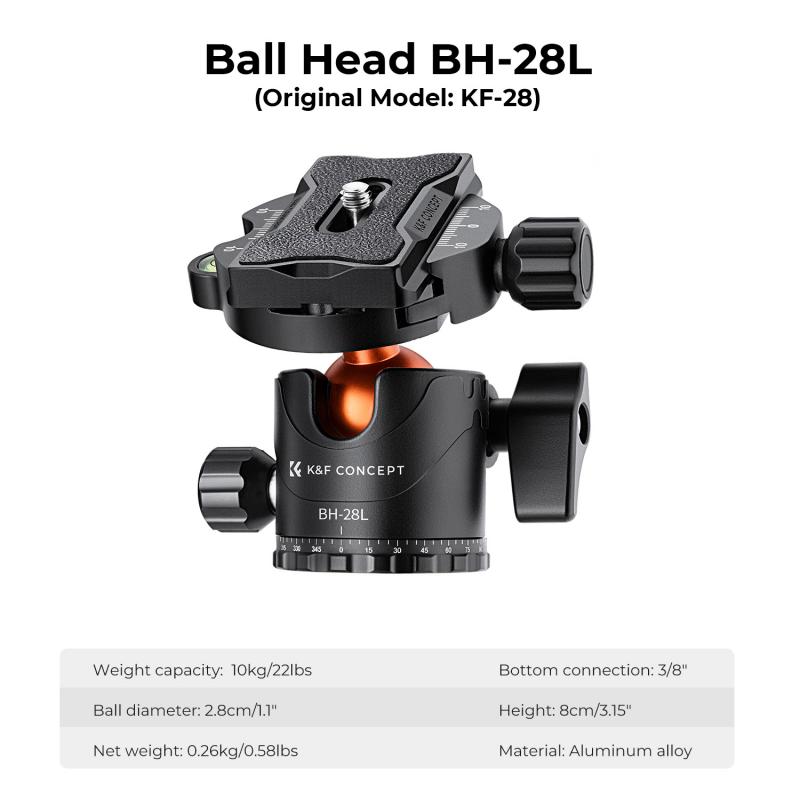
4、 Tripod size and weight considerations for portability and versatility.
Tripods are not universally standardized in terms of size and weight. The size and weight of a tripod depend on various factors such as its intended use, the type of camera or equipment it will support, and the preferences of the photographer or videographer.
When it comes to portability, tripods come in a range of sizes and weights. Some tripods are designed to be lightweight and compact, making them ideal for travel or outdoor photography where mobility is crucial. These tripods often feature collapsible legs and lightweight materials such as carbon fiber or aluminum.
On the other hand, there are larger and heavier tripods that offer greater stability and support for heavier camera equipment. These tripods are commonly used in professional settings or for studio work where stability is paramount.
In recent years, there has been a growing trend towards more compact and lightweight tripods without compromising stability. Manufacturers have been developing innovative designs and materials to create tripods that are both portable and versatile. For example, some tripods now feature modular systems that allow for easy adjustment and customization, catering to different shooting scenarios.
It is important for photographers and videographers to consider their specific needs and preferences when choosing a tripod. Factors such as the weight of the equipment being used, the shooting environment, and the desired level of stability should all be taken into account.
In conclusion, while tripods are not universally standardized, there is a wide range of options available to cater to different needs and preferences. The latest developments in tripod design have focused on creating portable and versatile solutions without compromising stability.
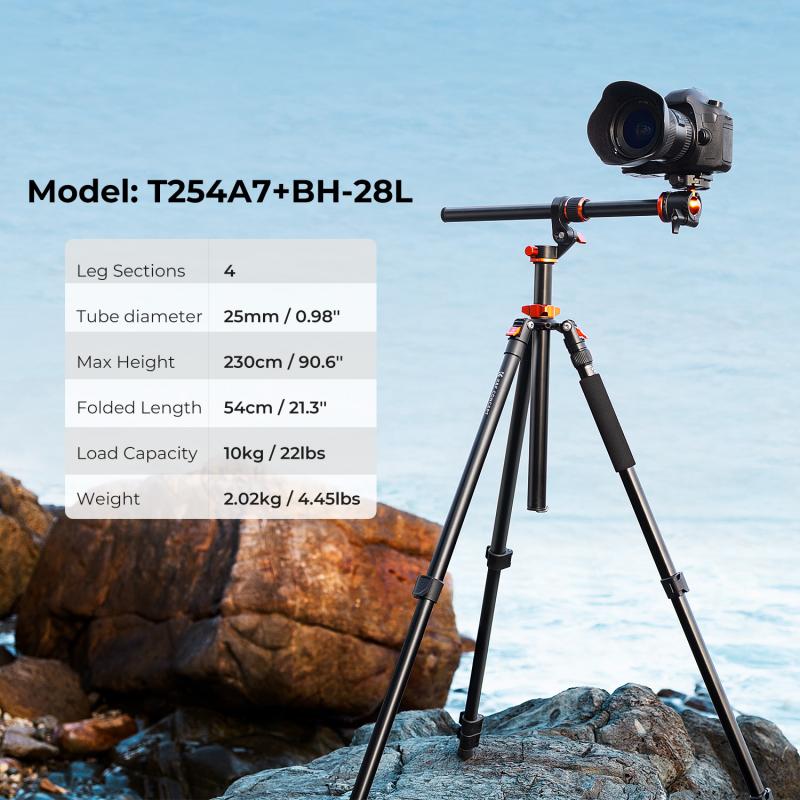

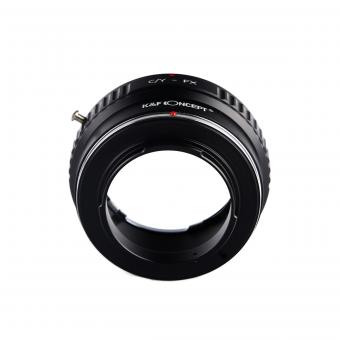










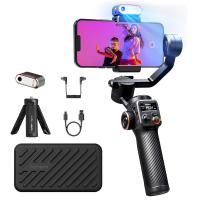
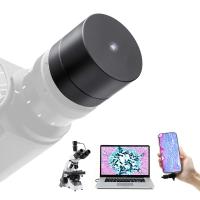


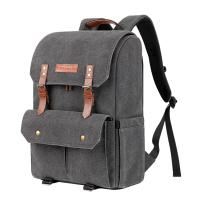



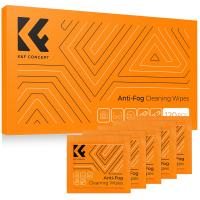




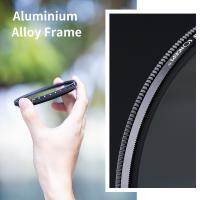
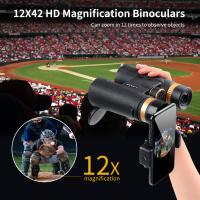
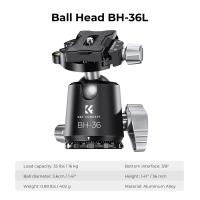

There are no comments for this blog.